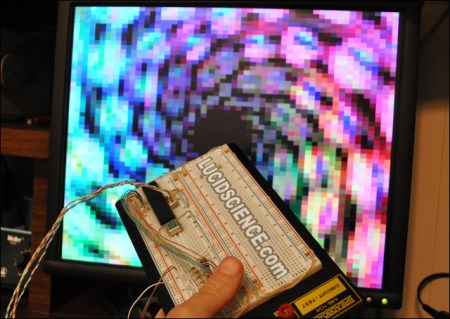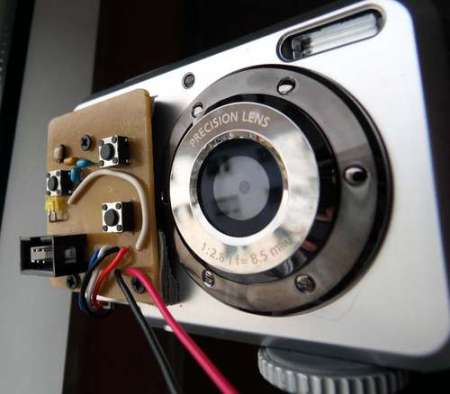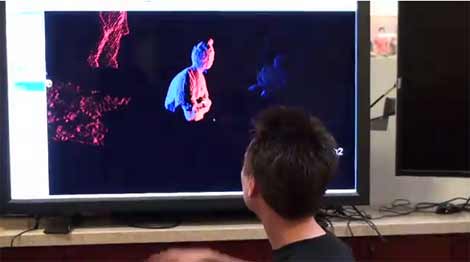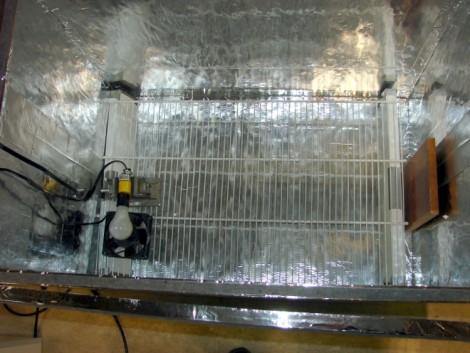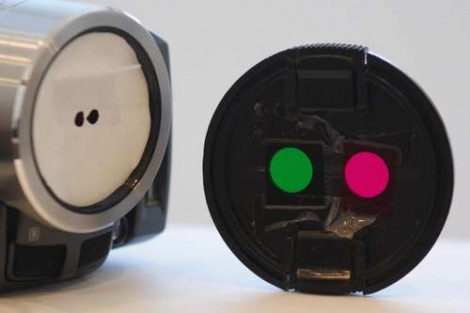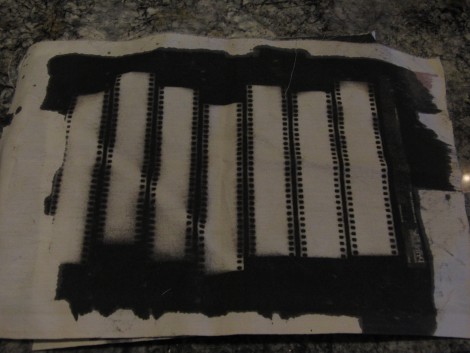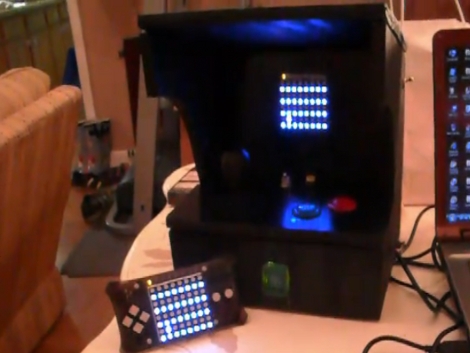
[Bomber Punk] built his own arcade cabinet, but you won’t find any MAME games here. He made the enclosure to house a Meggy Jr. 8×8 pixel graphics game console. Proper coin-op buttons and a joystick replace the stock tactile switches that come with the kit. [Bomber Punk] has also added a lighted coin slot. A three-cell battery pack powers the beast, with a programming port to one side so that different games can be loaded from a PC. We’d like to see a processor upgrade that would allow multiple games to be stored on a stand-alone system.
Take a look at the video after the break, it’ll bring a smile to your face.
Continue reading “MeggyCade: When Handheld Pixel Gaming Isn’t Enough”

